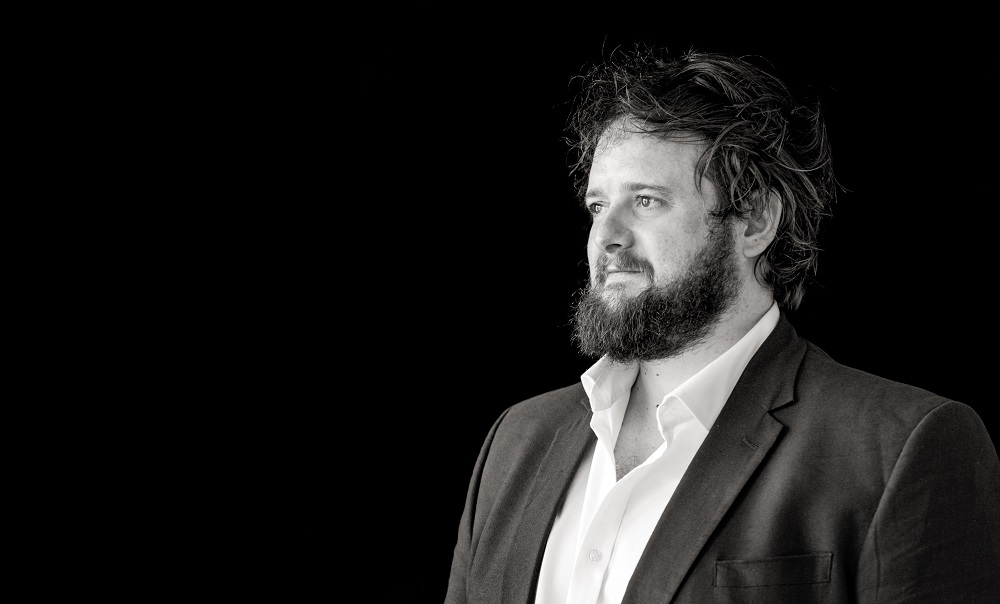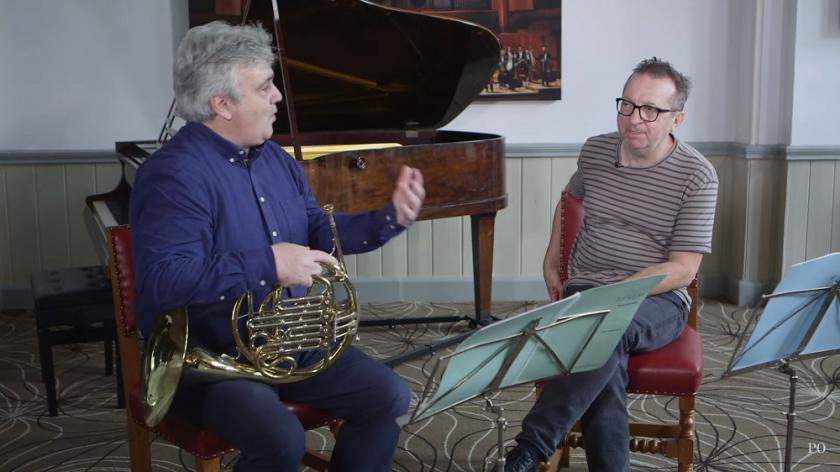Horns fanfared, coasted and chorused through yet another Philharmonia winner of a concert to match the impressive planning of its Weimar season last year and no doubt a plan close to the heart of principal conductor Esa-Pekka Salonen, who started his musical life as a horn-player.
If Britten's highest poetry in the setting of Keats's Sonnet "To Sleep" was the moment when the evening's musicianship most consistently sounded the depths – divided Philharmonia strings as much as Clayton making the eyes prick with tears – Turnage came close in the second movement of To Alba, homaging Philip Larkin's "Aubade". It was telling to learn in the helpful programme note that the composer often sets instrumental lines to poetic text before removing the words: perusing the score after the concert, I could see that the opening horn line of the jaunty finale does indeed fit Donne's "Busy old fool, unruly sun,/ Why dost thou thus/ Through windows, and through curtains call on us?", though that didn't seem to apply to Turnage and Larkin.
No matter; the essence is what matters, and this is a concerto that arrests from the opening horn gesture, riffed about, never outstaying its welcome: a great British specimen to follow James MacMillan's superb essays in the genre. There's humour here too: just as trumpets cap a high watermark of excitement in the finale, the ensemble cuts off, the soloist seems about to embark on a cadenza – and then it all stops with a flourish.  If lyricism is encased within lolloping, lilting exuberance here, the method is turned inside out by Britten in the perfection of the Serenade, its delicious Tennyson and Jonson settings scherzo-interludes in a work that's as much the essence of the English evening as the art of Samuel Palmer. Watkins tells us that the tenor for whom it was written, Britten's life-partner Peter Pears, answered when he asked about the solo Prologue, with its natural harmonics adding a dimension of strangeness, "imagine that you are standing upon the moon".
If lyricism is encased within lolloping, lilting exuberance here, the method is turned inside out by Britten in the perfection of the Serenade, its delicious Tennyson and Jonson settings scherzo-interludes in a work that's as much the essence of the English evening as the art of Samuel Palmer. Watkins tells us that the tenor for whom it was written, Britten's life-partner Peter Pears, answered when he asked about the solo Prologue, with its natural harmonics adding a dimension of strangeness, "imagine that you are standing upon the moon".
Clayton (pictured above by Sim Canetty-Clarke) occupied the same air from another world, slivering the sound instrumentally at first, pulling out the flesh-creep stops for the climax of the "Lyke-Wake Dirge" – something beyond several choral-scholar exponents of an older generation. And Salonen made sure we noticed Britten's stunning writing for what was here a large body of strings, bass pizzicati like another voice in Blake's "The Sick Rose".
It was also, as carefully planned, a good evening for the Philharmonia horns, led last night by Diego Incertis Sánchez. The famous solo in Till Eulenspiegel had all the time it needed on its first run, though Salonen seemed so determined to play up, as in slow down, contrasts to the general rondo buoyancy such as the moment the mocker gets an intimation of his own untimely end that I wondered if oboist Timothy Rundle had missed his cue. For me, the best Tills are those where the momentum never really slackens, where the spring remains wound up. Granting Salonen his interpretative quirkness, though, it was all superbly executed, a rip-roaring end to a programme that worked even better in practice than on paper.















Add comment